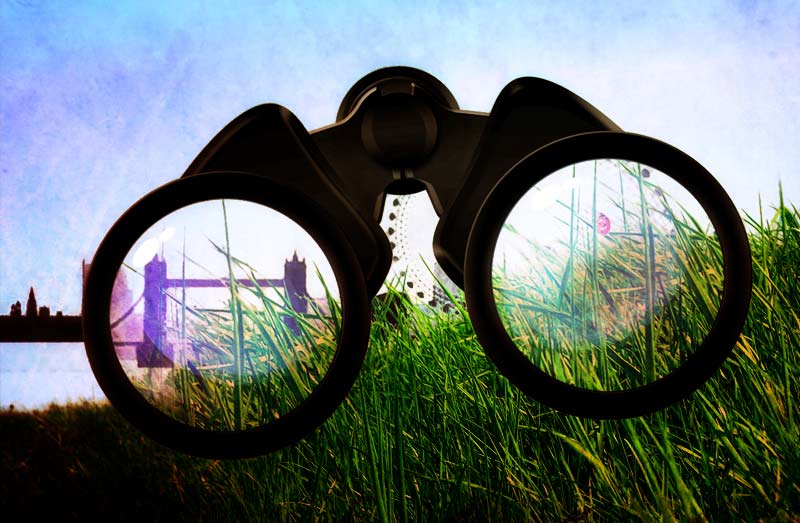Julie Cox, GiGL Data Officer

Counting Wildlife | © AskAuk.com
When explaining GiGL’s remit to Joe Public, a common tease is; “Do you just count pigeons and foxes? There’s not much more wildlife than that in London is there?” Oh how wrong these jokers are about their city’s astonishing array of wildlife.
From the rare to the wonderfully common place, the designated sites to your local park, London has a wealth of biodiversity ready to be explored and recorded. GiGL’s species dataset is fast approaching three million records of over ten thousand different species. Not bad for the “urban jungle”. These records come from a multitude of sources, including structured surveys, one-off sightings and the mammoth effort of London’s fabulous, dedicated wildlife recorders.
In this edition of the GiGLer, Lyndsey tells us about her work with Colin Plant, the London Natural History Society’s moth recorder, to digitise a staggering twenty thousand records. Through the GiGL partnership, service level agreement holders not only gain access to the expertise of external recorders like Colin but also to a wealth of biodiversity expertise within the GiGL team. Mandy tells us more about the team’s achievements outside the nine-to-five, including congratulating Claudia, GiGL’s Royal Parks Officer, on becoming president of the British Entomological and Natural History Society.
Hundreds of one-off species sightings are submitted to us through our online form, where recorders can now also provide photographs of their sightings. Chloë shares some of her favourite images with us. The records and photos submitted are of a great diversity of species. It is as important to know about the distribution of common as it is of rare species. In the spring, we provided the creators of the notional Greater London National Park and Londonmapper with GiGL data to create visualisations of where London’s wildlife exists. The visualisation of hedgehog data is particularly interesting; perhaps a result of uneven recorder effort rather than actual distribution; a subject Matt discusses in his article on “structured surveillance”.
There are many conservation organisations and recording groups based in the capital with which you can get involved. Everything from friends of park groups to specific species monitoring programmes, such as the riverfly monitoring scheme.
The more information we have about London’s species and habitats the more informed land management decisions can be. One way GiGL works to inform the planning process is through the provision of data via our data search service. Alison Fure provides a ‘thank you’ to GiGL, explaining the fight to save a site close to her heart, while in the second of our GiGL Director Interviews, Saskie Laing outlines the importance of all London borough departments having access to GiGL data.
Unfortunately not all species found in London are positive for our city’s biodiversity. The London Invasive Species Initiative (LISI) continues to work tirelessly to assist land managers to remove and control the spread of non-native invasive species. LISI manager Karen tells us about the potential threat of water primrose.
It’s not only the diversity of London’s species that is amazing, but also the diversity of green spaces and habitats. Some of our parks and open spaces have fascinating social as well as natural histories, as Maria finds out. As regular GiGL service users will know, GiGL’s online data portal, Discover-London, helps Londoners to find local wildlife sites and open spaces and provides information about their wildlife importance. The London Geodiversity Partnership is developing a similar guide to locations important for their geodiversity value.
